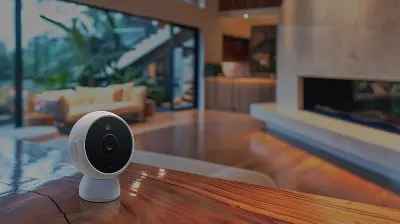Smart Garden Gadgets for a More Sustainable Urban Green Space
5 August 2025
Urban life doesn’t exactly scream "green," does it? Skyscrapers, concrete jungles, and traffic jams don’t leave a lot of room (or time) for connecting with nature. But here’s the beautiful part — technology is sneaking a little green back into our busy lives. Thanks to smart garden gadgets, even the tiniest balcony or crowded apartment window can become a buzzing, thriving slice of Mother Nature.
If you’re living in the city and thinking, “I can’t grow anything but mold in this place,” think again. From automated irrigation systems to app-connected planters, smart gardening tools are rewriting the rules of urban agriculture in a big way — and they’re doing it sustainably. 🌱
So, grab your coffee and let’s dig into the world of smart garden gadgets designed to help you grow greener, smarter, and more sustainably in the heart of the city.
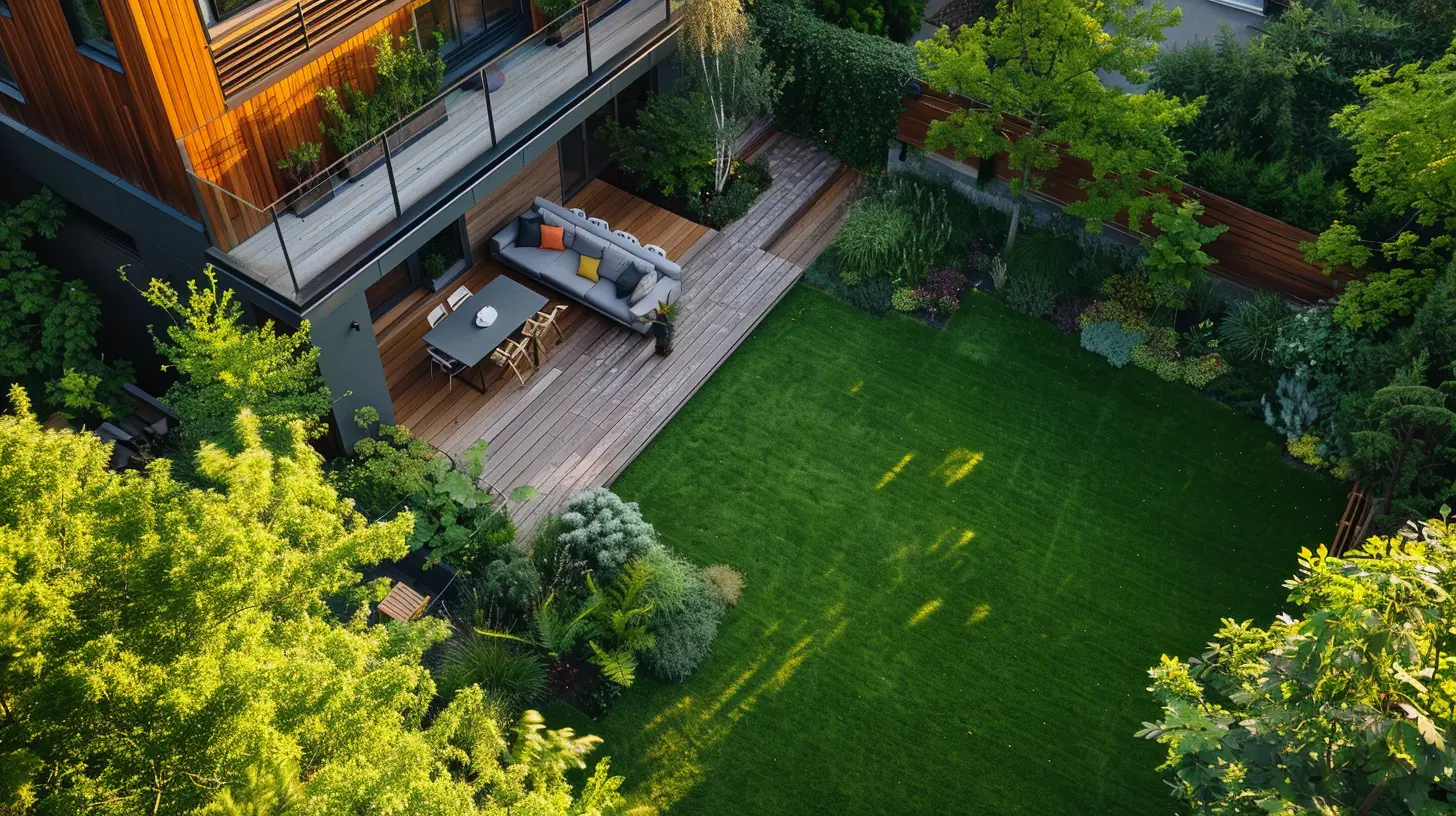
Why Smart Gardening Is Taking Root in Cities
Let’s face it — urban gardening presents some real challenges. Limited space, inconsistent sunlight, water waste, forgetful watering (guilty!), and polluted air are just scratching the surface. So how do you grow a lush, productive garden in a 10th-floor apartment or in that tiny patch next to your driveway?That’s where smart garden gadgets step in — with technology that makes growing easier, more intuitive, and better for the environment. These devices don’t just take the guesswork out of gardening; they help you save water, use fewer chemicals, and even reduce your carbon footprint.
Sustainability Meets Tech
Sustainability isn’t just a buzzword anymore. It’s a necessity. Smart gardening tools help conserve valuable resources while encouraging biodiversity right in the middle of concrete chaos. Think less waste and more delicious payoff — what’s not to love?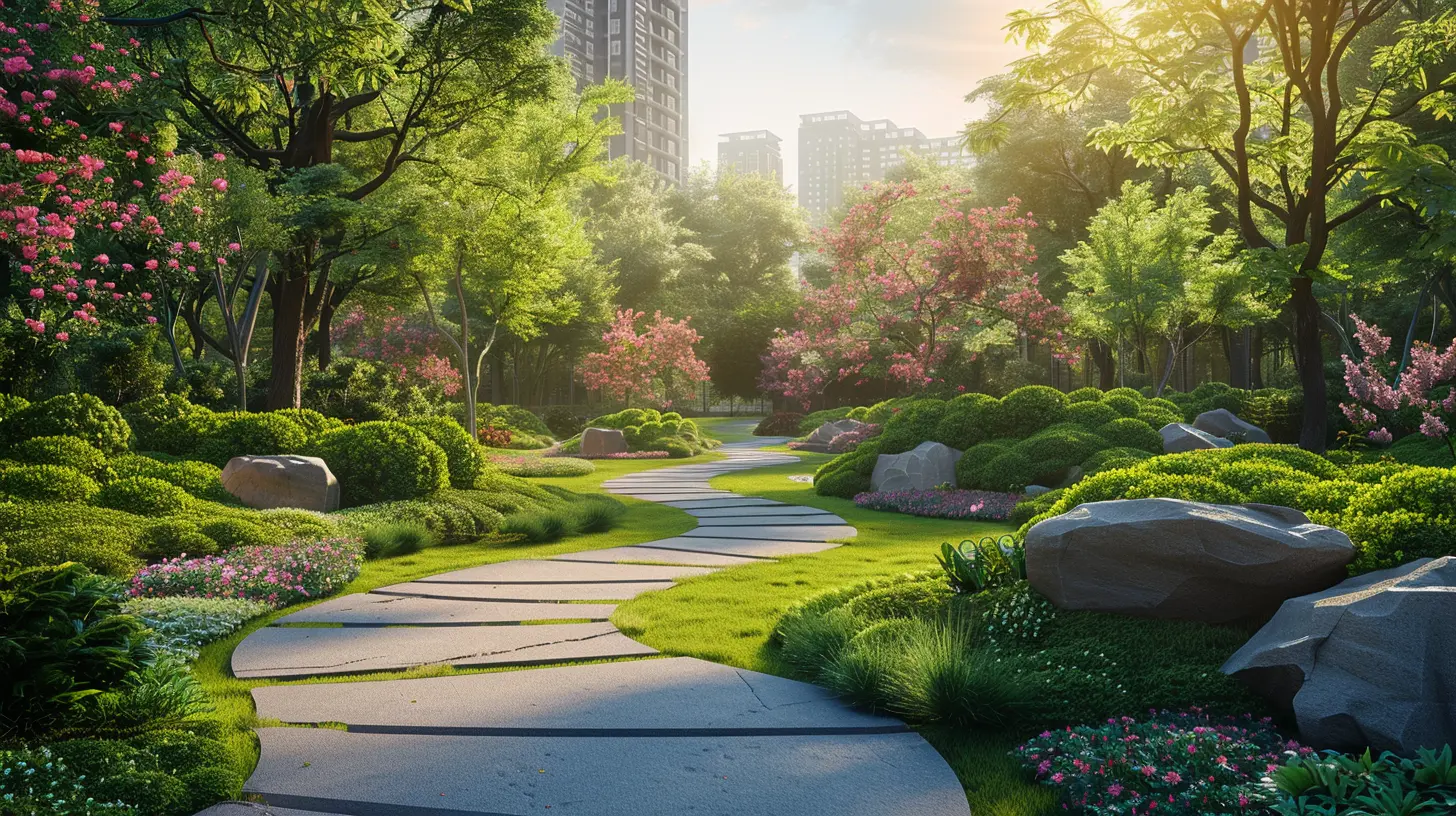
Top Smart Garden Gadgets You Need in Your Urban Setup
To make your green corner a success, we've gathered some of the most game-changing tech tools out there. These gadgets are easy to use, aesthetically pleasing, and — most importantly — incredibly effective in transforming your urban space into a sustainable oasis.1. Smart Indoor Gardens (Your Mini Farm in a Box)
Ever feel like your apartment is a black hole for plants? You water them, talk to them, even play classical music — but they still don’t thrive? Enter smart indoor gardens like those from Click & Grow or AeroGarden.These compact, all-in-one systems use hydroponics (soil-free growing), built-in LED grow lights, and automated watering to grow herbs, leafy greens, and even cherry tomatoes. And yes, they remind you when to add nutrients through your smartphone.
Why it’s sustainable:
- Uses 90% less water than traditional gardening
- No pesticides or herbicides needed
- Grows food locally, reducing food miles
Perfect for: People with zero outdoor space but a strong appetite for fresh, home-grown food.
2. Automated Drip Irrigation Systems
Watering plants may seem simple, but it’s easy to overdo it — or forget entirely. Smart irrigation kits like RainMachine or Rachio use your Wi-Fi, local weather data, and soil sensors to deliver just the right amount of water at the right time.Some systems even let you control watering zones directly from your smartphone. Which is great because, let’s be honest, half the time you remember to water your plants is when you’re already in bed. 😬
Why it’s sustainable:
- Prevents overwatering and runoff
- Reduces water bills
- Ensures optimal plant health
Perfect for: Balcony gardens, raised beds, or small backyard plots with thirsty plants.
3. Smart Soil Sensors (Because Your Plants Can’t Text You Themselves)
Wouldn’t it be great if your plants could just message you when they’re thirsty? Well, smart soil sensors are the next best thing. Devices like the Xiaomi Mi Flora Monitor or Gardena Smart Sensor measure moisture, light, temperature, and nutrient levels — all in real time.You get the data on your phone, and the app even offers recommendations. Basically, it’s like having a plant therapist in your pocket.
Why it’s sustainable:
- Reduces fertilizer and water misuse
- Promotes precision gardening
- Helps diagnose plant stress early
Perfect for: Anyone who treats their fiddle leaf fig like a high-maintenance roommate.
4. Solar-Powered Garden Lights (Sunlight to Spotlight)
Lighting your garden sustainably is just as important as growing it. Solar-powered garden lights collect sunlight during the day and transform it into beautiful ambient lighting at night. Brands like Ring, Brightech, and URPOWER offer smart options that also double as security lighting.Some models even integrate into your smart home ecosystem with motion detection and remote control features.
Why it’s sustainable:
- Lowers energy consumption
- Reduces grid dependency
- Adds functional beauty to your garden space
Perfect for: Rooftop gardens, patios, or tiny balconies with big ambiance goals.
5. Compost Monitors and Smart Compost Bins
Composting is the ultimate eco-flex. But let's be honest — it can get messy and smelly if not managed right. Smart compost bins like Lomi or the Reencle Prime take the guesswork out of composting. They break down food waste quickly and cleanly, turning scraps into nutrient-rich compost in days, not weeks.Want to go even greener? Attach a smart compost monitor like the Pela Compost Accelerator to track your compost’s moisture and temperature for optimal breakdown.
Why it’s sustainable:
- Diverts organic waste from landfills
- Reduces methane emissions
- Feeds your garden naturally
Perfect for: Eco-conscious urbanites who hate food waste and love nutrient-rich soil.
6. Greenhouse Automation Systems
If you’re lucky enough to have a small greenhouse (even a mini one on your balcony), integrating automation can drastically improve plant health and reduce labor. Products like the Arduino-controlled systems or Growlink automate everything from humidity and temperature control to lighting and irrigation.With AI-driven decision-making and sensors galore, you can ensure your plants grow in optimal conditions — without babysitting them 24/7.
Why it’s sustainable:
- Maximizes productivity per square foot
- Reduces energy and water waste
- Enables year-round cultivation
Perfect for: Advanced hobbyists and urban garden nerds (no shame — we’re right there with you).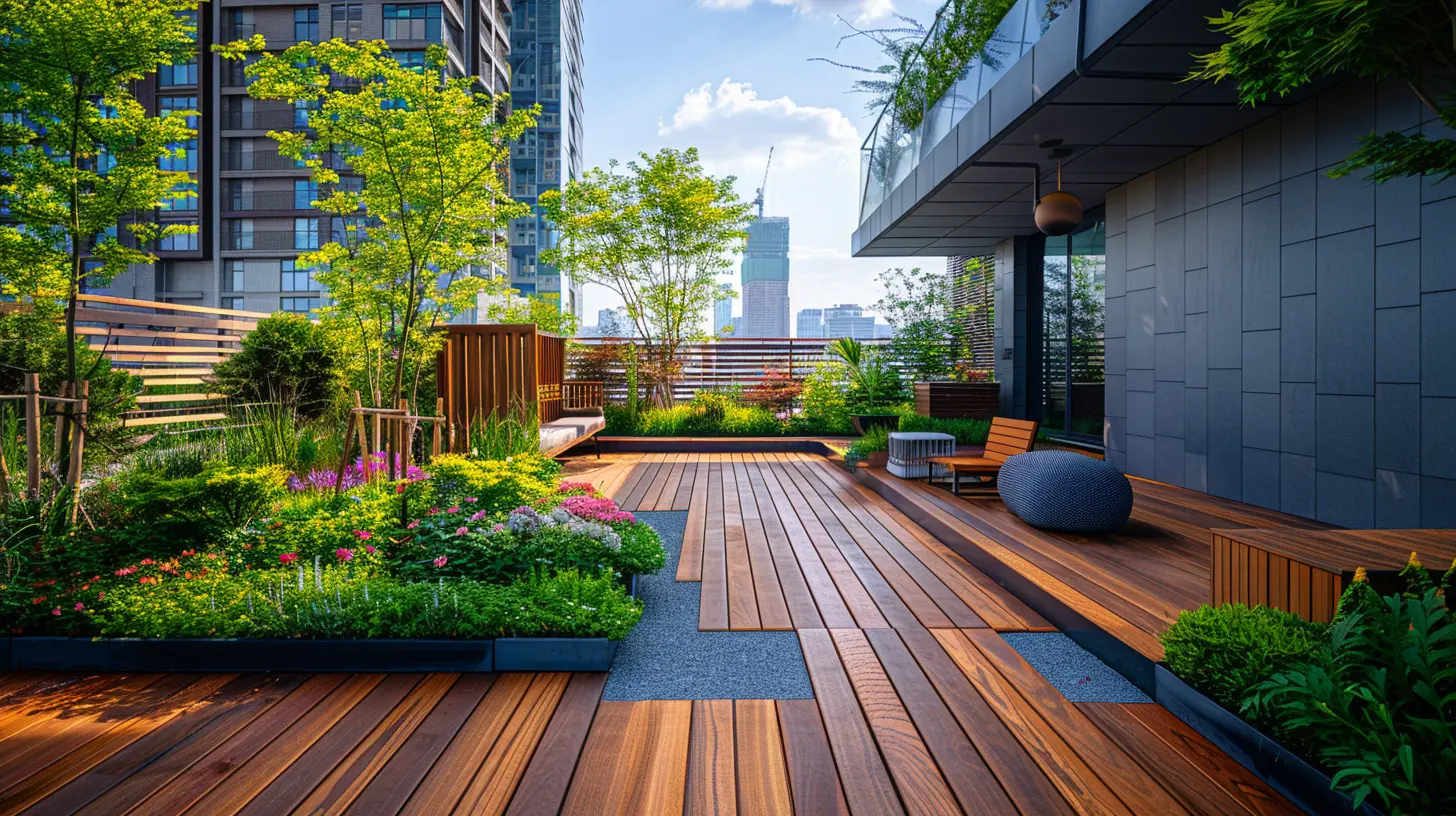
Taking Your Smart Garden to the Next Level
Okay, so now you’ve got the tools. But how do you make sure your green patch is truly sustainable? Let’s look at some best practices that pair well with your shiny new gadgets.Use Native and Edible Plants
Native plants generally require less water and maintenance. Add some herbs and vegetables, and you’ve turned your garden into a mini salad bar — talk about productive landscaping!Collect Rainwater
Hook up a rainwater collection system to your smart irrigation kit. It’s like charging your garden with nature’s own currency.Start Small, Scale Smart
You don’t need to turn your entire apartment into a jungle overnight. Start with a few herbs or succulents, master the gadgets, and grow from there. Let your confidence bloom with your plants.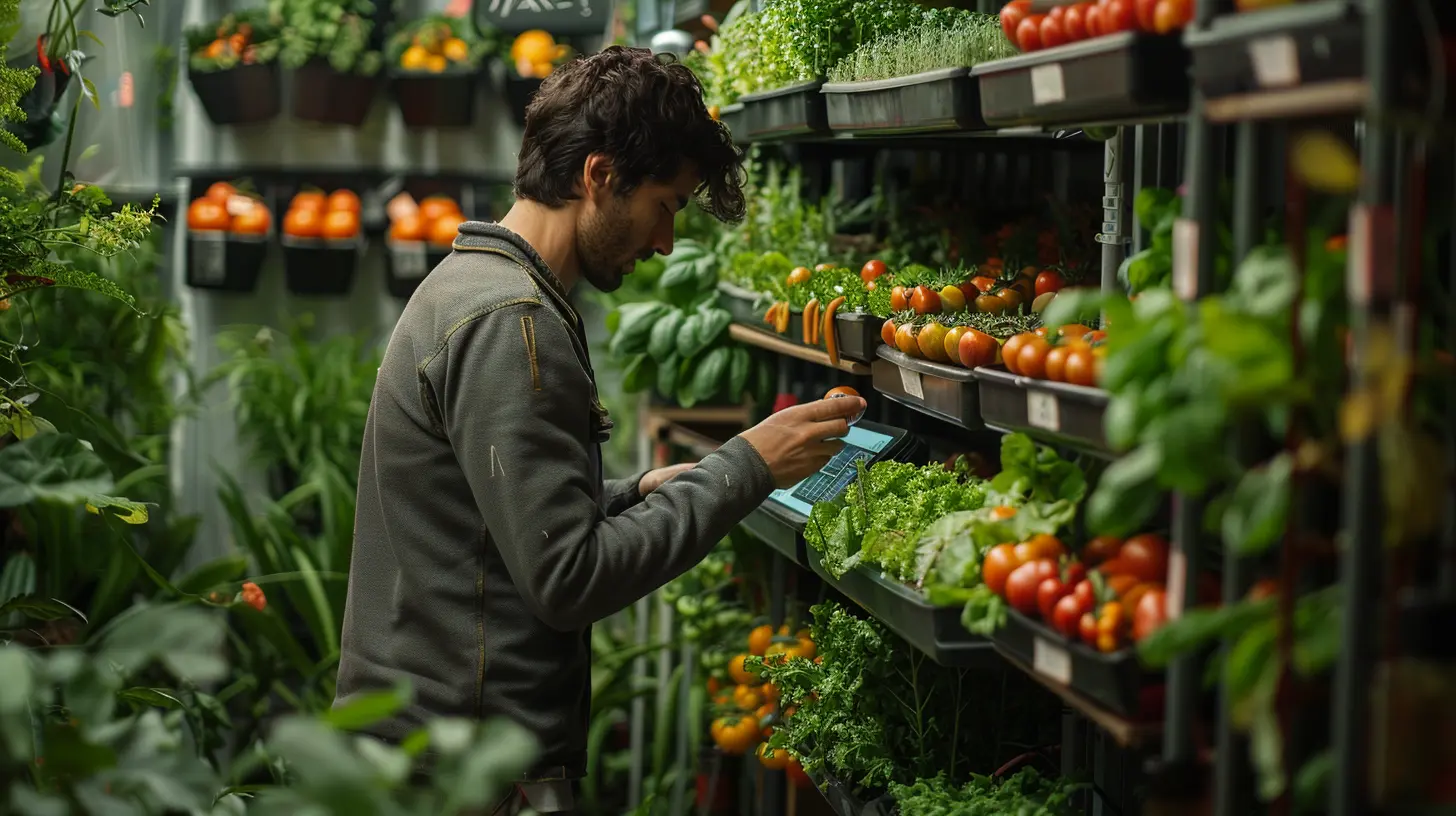
Why Smart Gardening Isn't Just a Trend — It’s the Future
Let's get real — sustainability is the only way forward. Climate change, water shortages, and pollution are massive issues, and we’ve got to do our part. Smart garden gadgets aren’t just about making life easier — they’re about making our lives more responsible and connected to the world around us.Think about it: while you’re checking emails or cooking dinner, your garden is watering itself, responding to sunlight, and even composting your leftovers. It’s like having a squad of eco-friendly robots working behind the scenes.
It’s futuristic. It’s sustainable. And best of all, it’s achievable — even in a 500-square-foot apartment.
The Final Scoop
Smart garden gadgets are more than shiny toys for the tech-savvy — they’re real tools for creating a greener, more sustainable future in cities where nature often takes a back seat. With a little investment and a lot of heart, you can turn even the most cramped urban space into a thriving, high-tech garden you’ll be proud of.So go ahead. Plant something. Automate something. Compost something. The Earth (and your taste buds) will thank you.
all images in this post were generated using AI tools
Category:
Environmental TechAuthor:

Jerry Graham
Discussion
rate this article
1 comments
Kristen McCaw
Fascinating article! I'm curious—how do these smart gadgets actually adapt to different urban environments? Can they truly enhance biodiversity in our cities? Looking forward to learning more!
August 13, 2025 at 4:37 AM

Jerry Graham
Thank you for your interest! Smart gadgets utilize sensors and data analysis to tailor their functions to specific urban conditions, such as soil quality and sunlight exposure. By optimizing plant care and supporting local flora, they can indeed enhance biodiversity in urban areas. Stay tuned for more insights!
